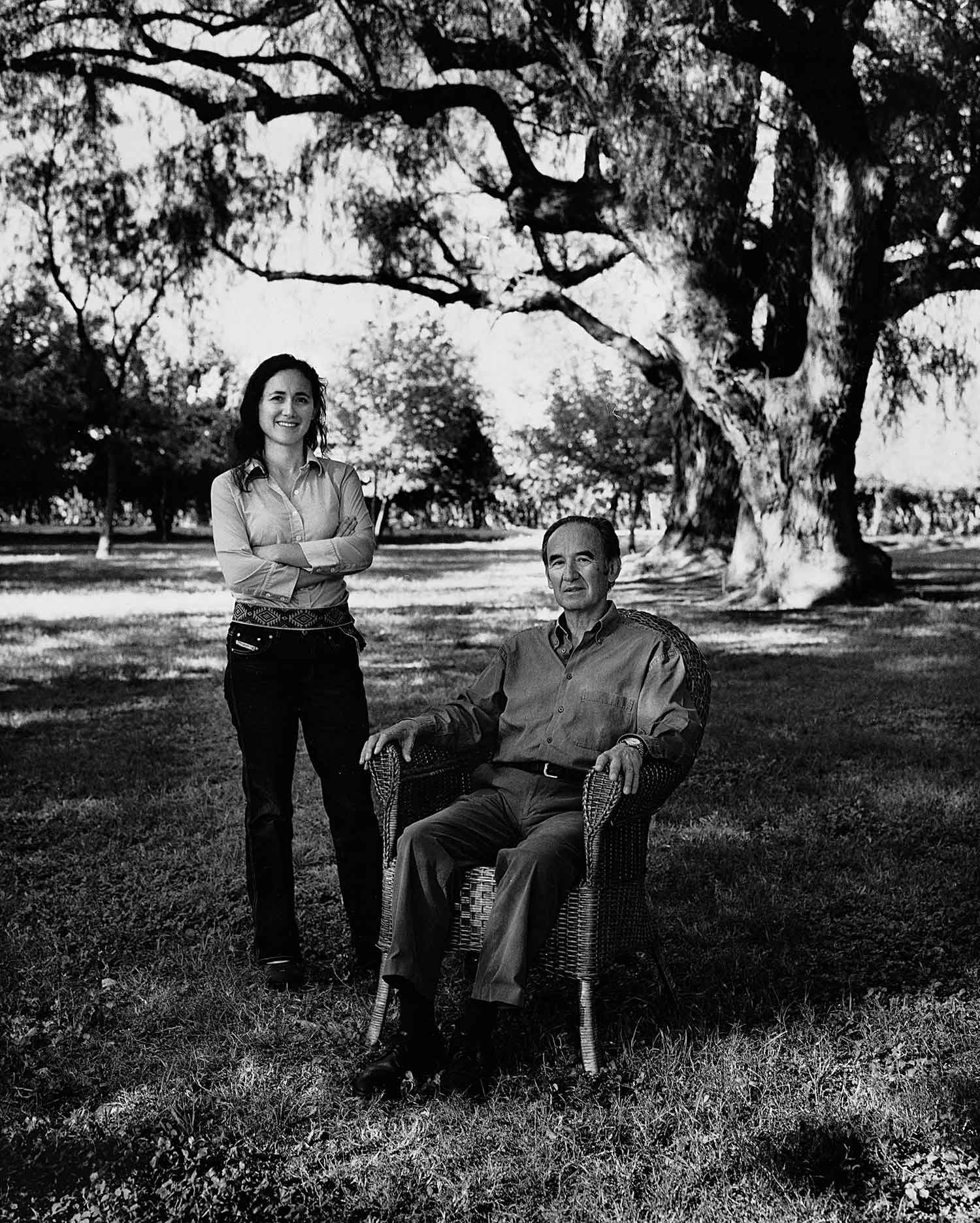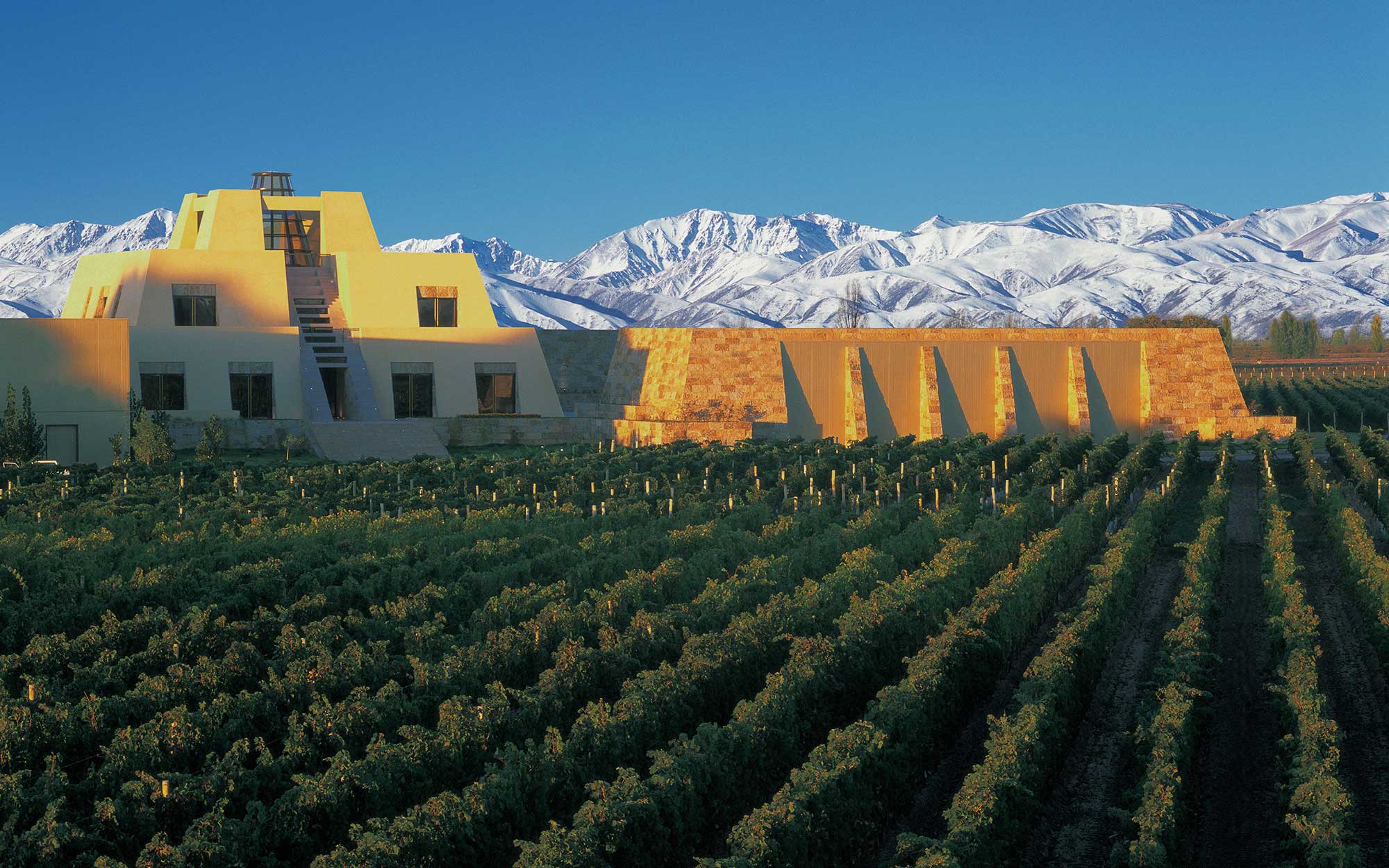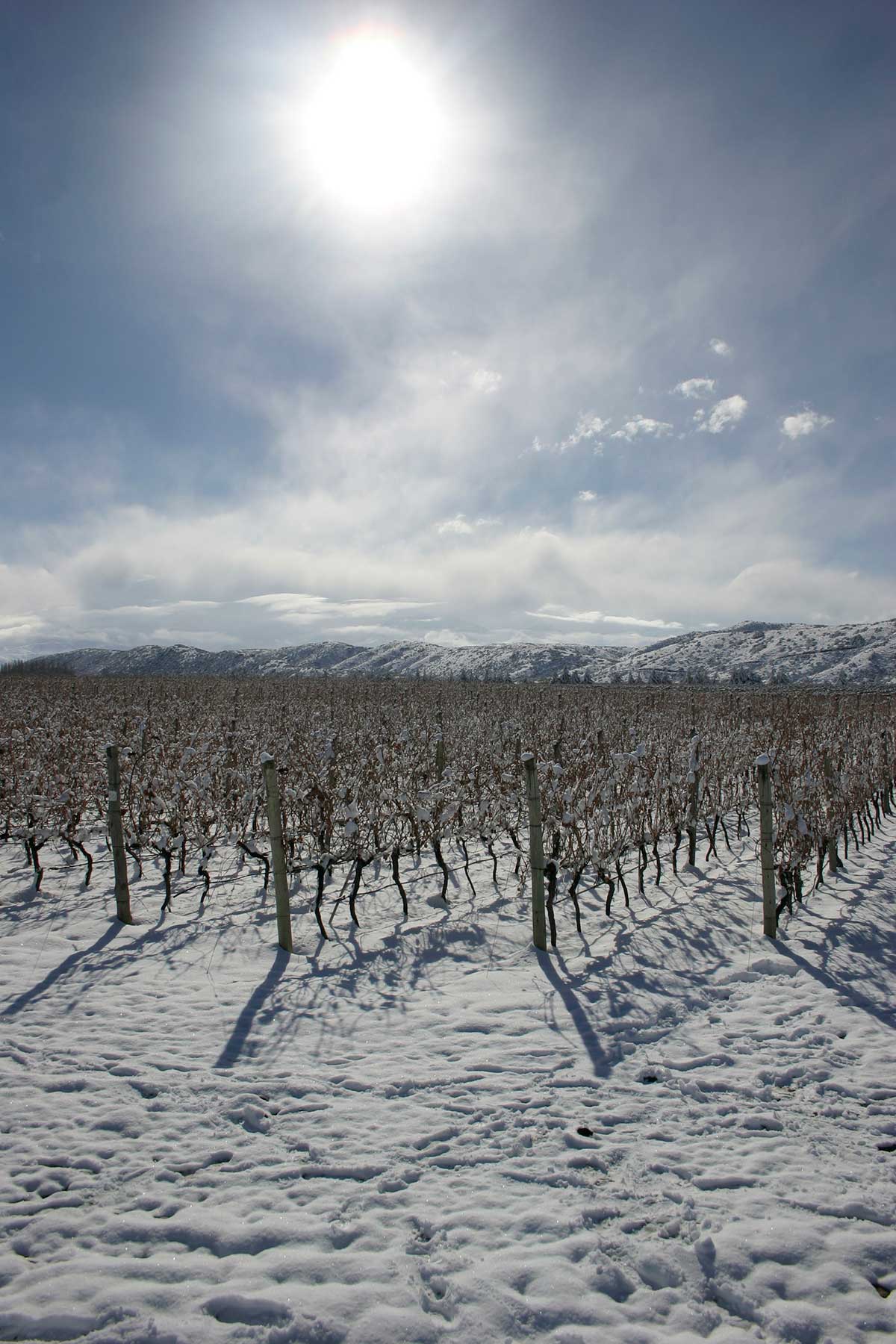
Catena Zapata Winery
A story of excellence, perseverance
and international recognition.




The wines, the history and the development of one of the most important wineries in Argentina speak for themselves. Laura Catena, Managing Director and Catena Institute of Wine Founder and Board, says about Catena Zapata: “We are a family winery with over 100 years of experience growing Malbec in Mendoza. From father to son, brother to sister, we have passed on the tradition of tending vines and winemaking.
In the 1980s, Nicolás Catena Zapata changed the history of Argentine wine when he dared to believe that a wine could be made in Mendoza that would stand with the best of the world.
Planting Malbec at an altitude where no one thought it would ripen, studying climate and soil to the smallest detail, developing the first ever plant selection of Argentine Malbec, my father and I have embarked on a journey to make a wine with soul, a wine of character, a wine that will age for the generations to come, from our five cherished vineyards: Angélica, La Pirámide, Adrianna, Domingo, and Nicasia.”
Nicolás Catena Zapata, a third generation vintner, was the first to recognize the potential of Mendoza’s high altitude Malbec. He dared to plant vines where no one thought they would ripen and still maintains the highest elevation Malbec vineyard in Mendoza. The Adrianna Vineyard in Gualtallary sits almost 5,000 feet above sea-level. Nicolás dreamed of making Argentine wines that could stand with the best wines in the world.
Nicolás Catena Zapata and the Catena Zapata Malbecs tell the story of Nicolás’ journey to elevate the wines of his region. Continuing the family’s tradition, Nicolás is joined by his daughter, Dr. Laura Catena, a Harvard and Stanford educated physician. Laura combines a strong science background with a passion for her family winery. As head of Bodega Catena Zapata’s research department, Laura conducted groundbreaking studies on soil and climate, sustainable viticulture, and high altitude winemaking.
When the Catenas decided to plant vineyards in the cooler areas of Mendoza, they basically had two options: either go south, in traditional areas like Maipú or Luján, or climb up the mountain.
Nicolás's father, Domingo, had always warned about the threat of frost in the southern areas, so Nicolás chose to go upwards and plant at high altitude, in the region of Tupungato, at almost 5,000 feet elevation. And these heightened tannins gave the wines a flavor that was unique to extreme high altitude - these extreme high altitude wines had a power, texture and richness that had never been found before in Mendoza.
The Catenas never blindly applied a methodology that worked in another part of the world without experimenting with it first in Argentina to make sure that it adapted to the local climate. No other well-known wine region has vineyards as high in altitude and as low in fertility. The precise science behind this high-altitude alchemy is still something of a mystery. But judging by the results, Dr. Laura Catena firmly believes that it is this place—this terroir—that has allowed them to obtain their best wines. This was yet another “revolutionary” discovery—and one that led all wine producers in Mendoza to suddenly value high-altitude lands with access to water.
The task of discovering and studying lots has allowed the Catenas to achieve a greater quality that comes from the purity of flavors—a quality that is, in essence, better than that obtained from the group of parcels as a whole. The Catenas call this “the vineyard lot revolution.” "We have gone deep into the classic French concept that attributes wine quality 100% to terroir," says Nicolás Catena Zapata. "In the titanic task of making wines that can rival the best of the world, it is a truly revolutionary step."
In 2020 Argentina’s Catena Zapata has topped list of The World’s Most Admired Wine Brands, conducted in association with market research specialists at Wine Intelligence.
Source: catenazapata.com



